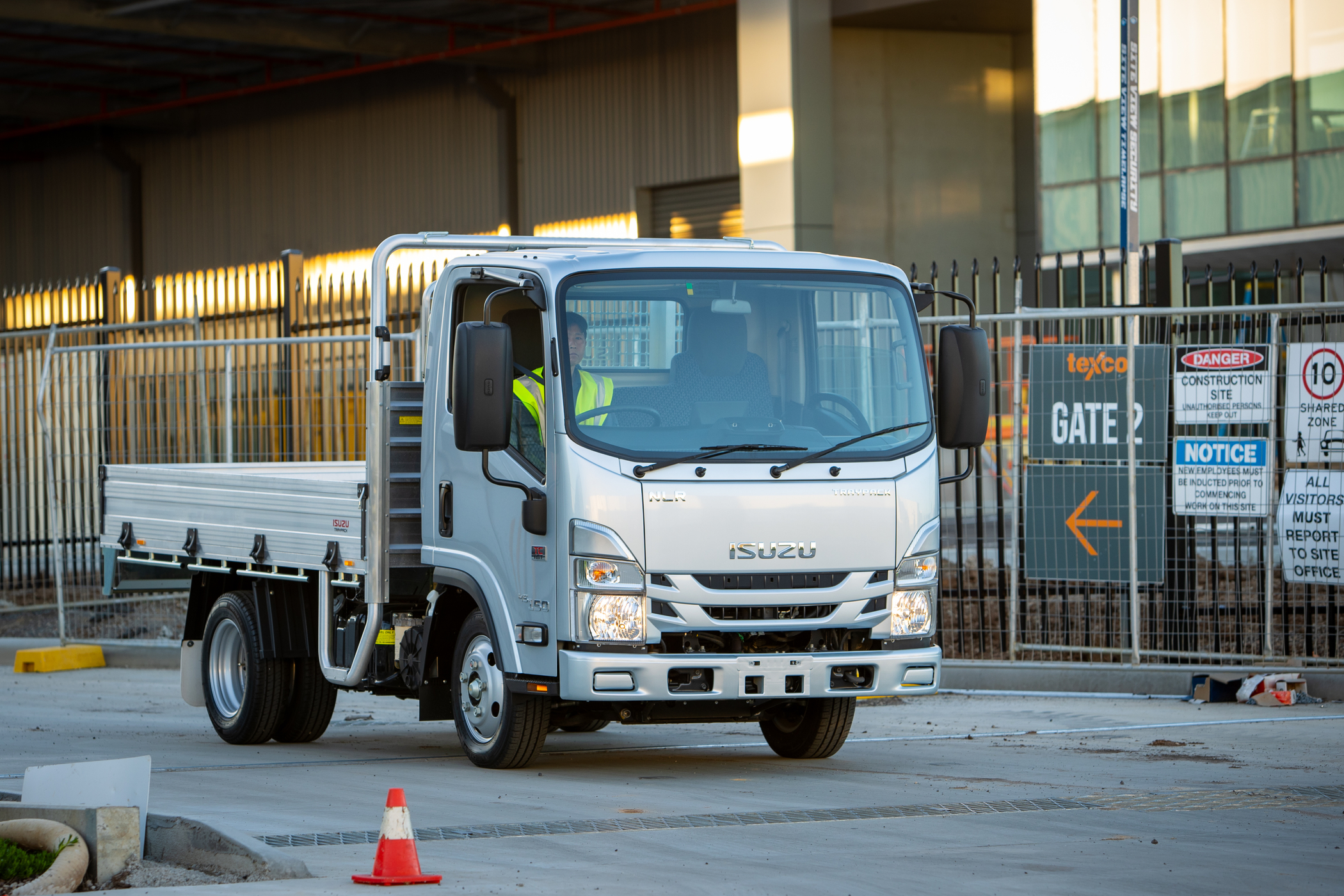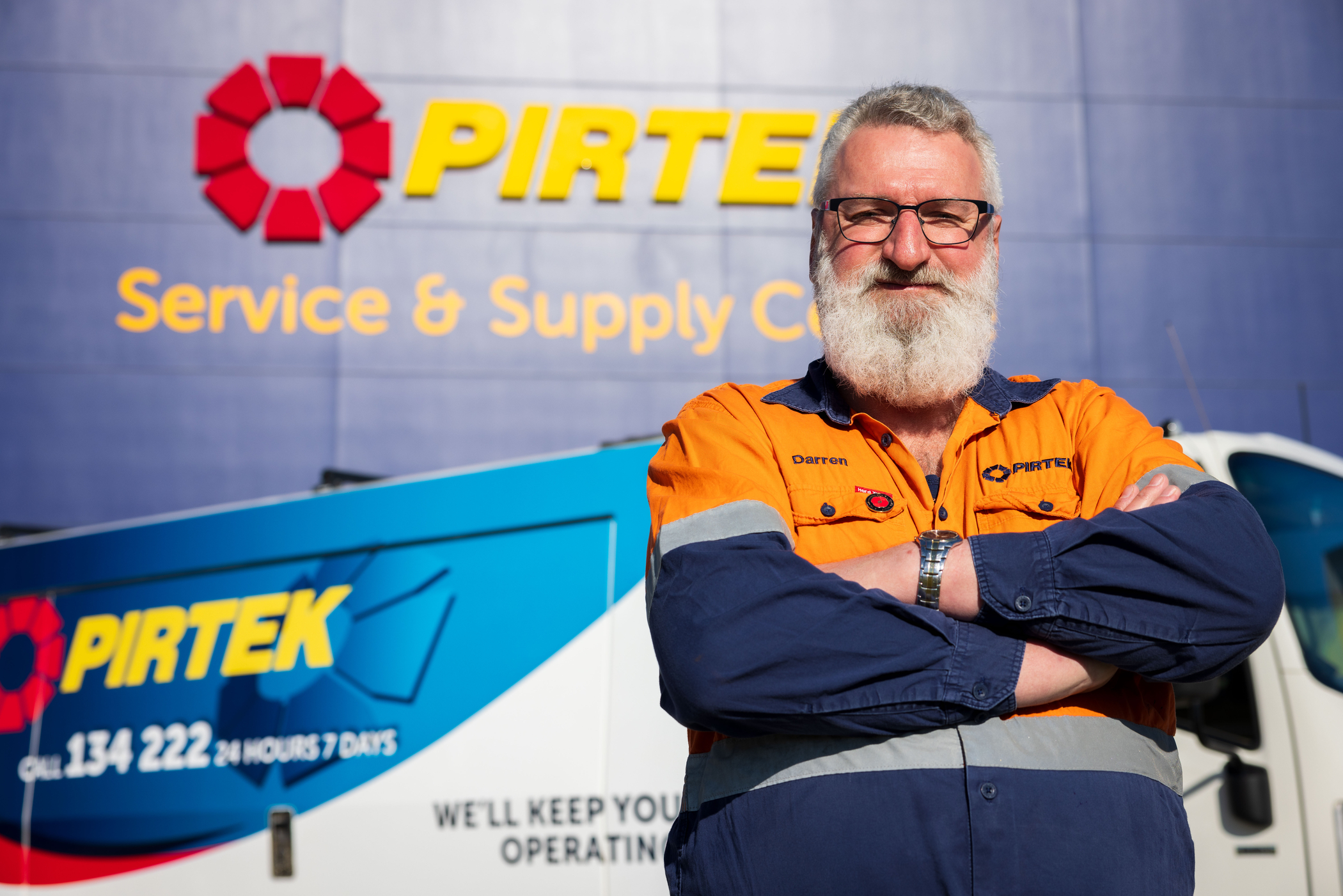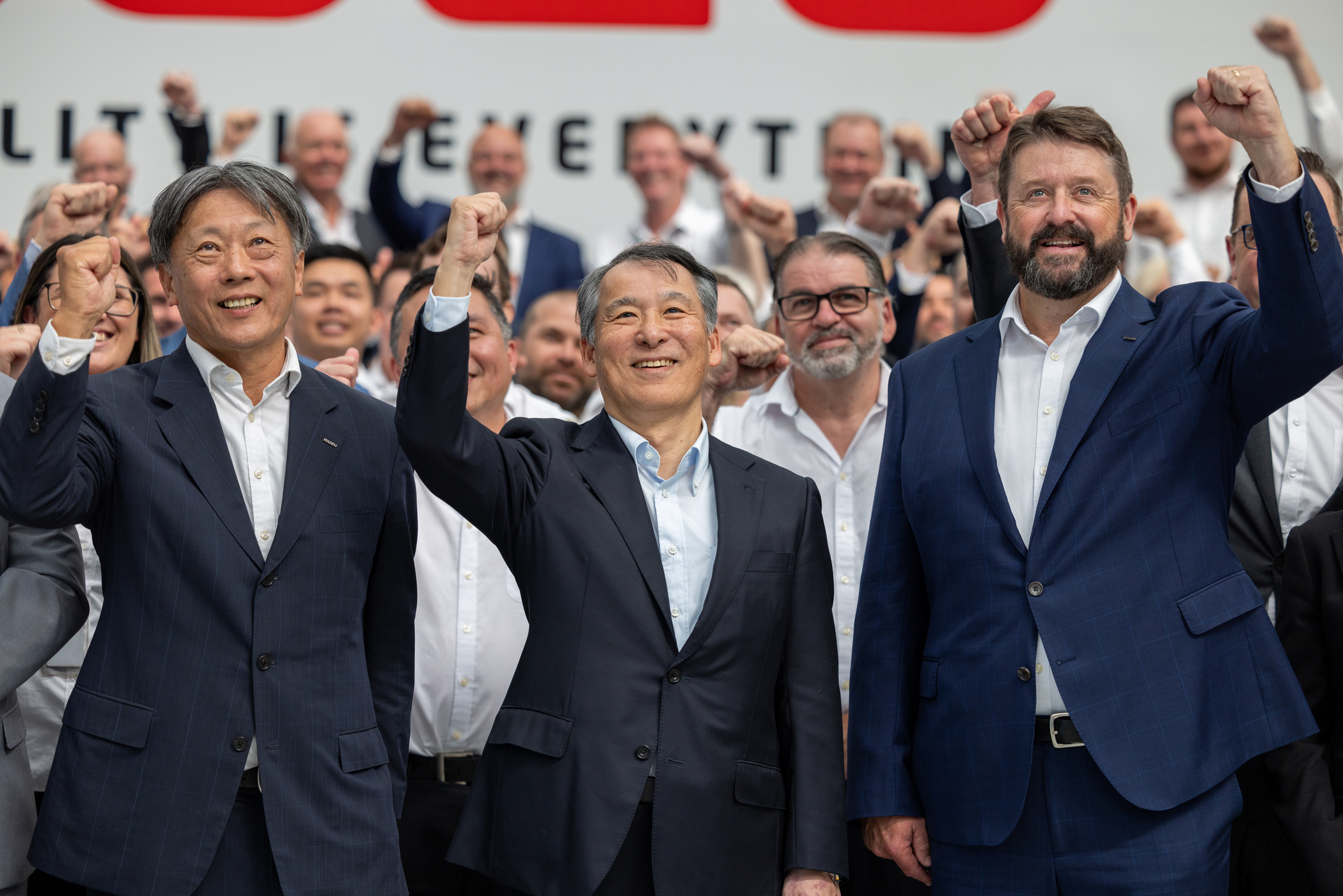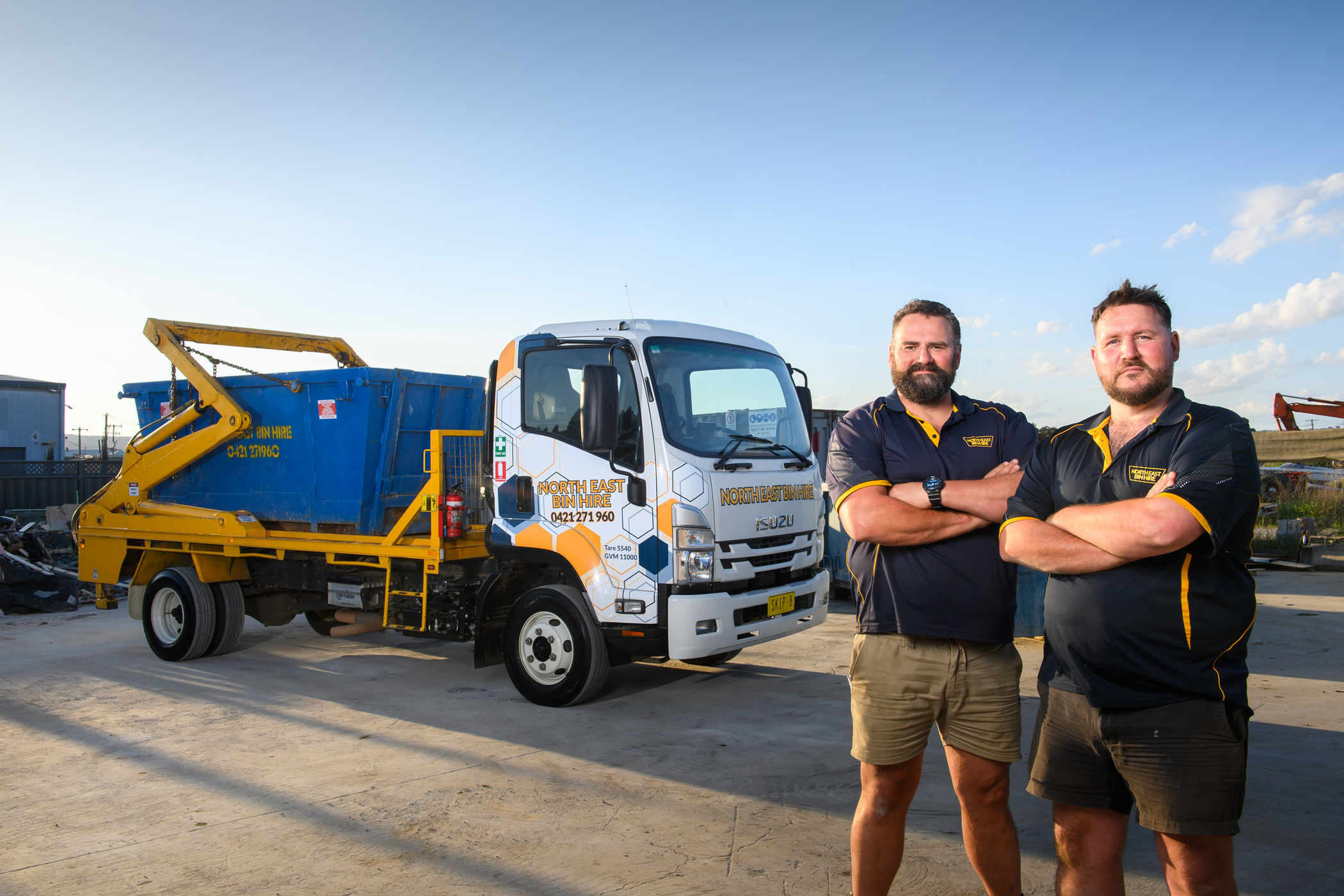Powertorque with Balwinder Bindra
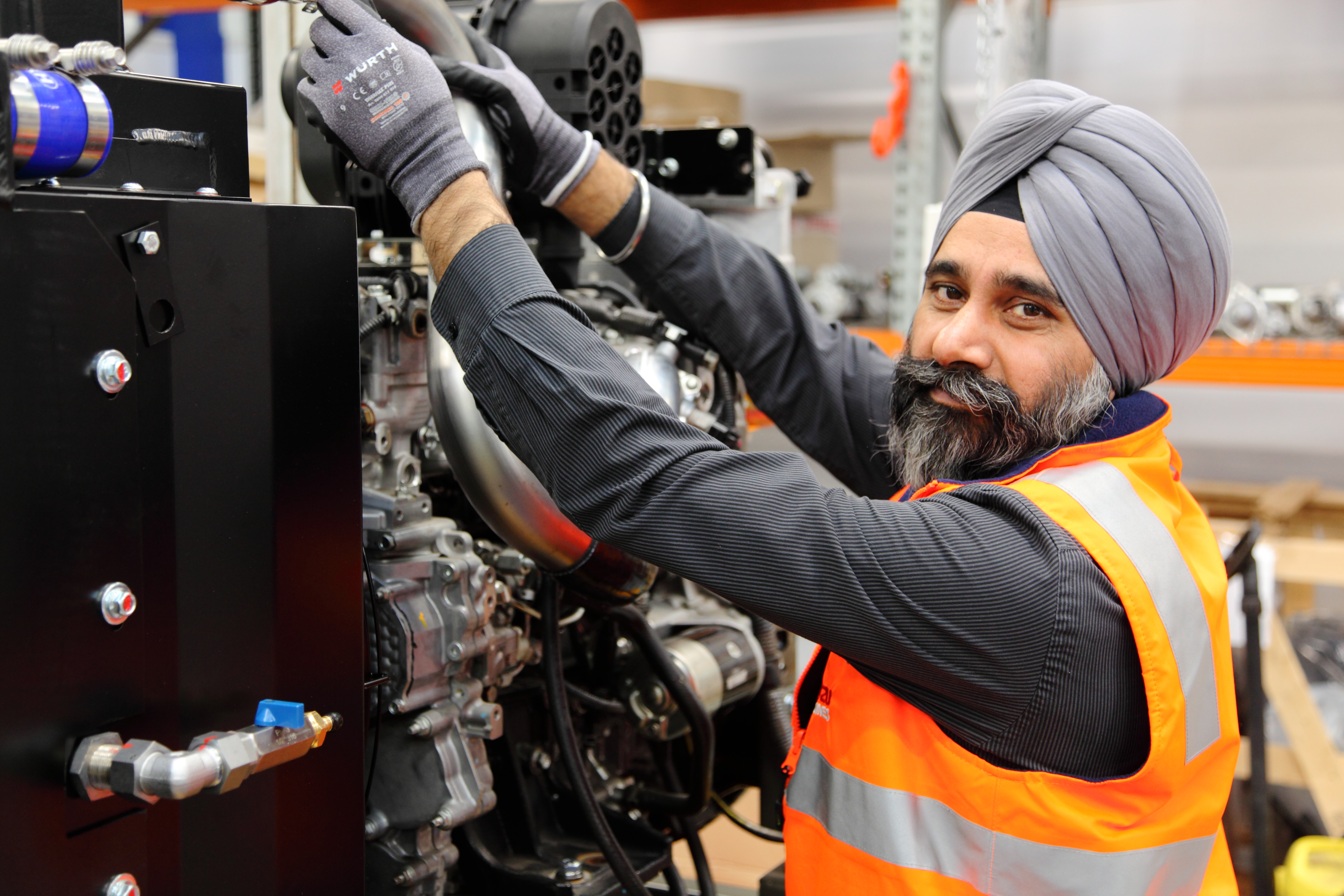
From tractors and trucks to engines and accessories, Isuzu Engines’ Product Development Technician Balwinder Bindra has just about seen it all.
Balwinder has had quite the professional journey; he has worked in both India and Australia, and with vast industry knowledge to add to his repertoire. In this edition of Dieselpower, Balwinder chats with us about his early connections to Isuzu in India, his foray into diesel engine design, and the new and exciting inroads made within the Isuzu Engines team in Melbourne. Could you give us some background on your work experience prior to moving to Australia and Isuzu Engines? I started my career at Punjab Tractors Limited, a well-known agriculture-based combine harvester manufacturer based in India. There, I worked in combine harvester manufacturing for one and a half years. After being trained in that department, I moved on to quality engineering where I worked with suppliers on components and conducted sample inspections. Having worked at Punjab Tractors for a number of years, I moved to Swaraj Mazda to work on the truck side of things. I was a Junior Engineer there in the tractor plant for three years and was then promoted to Assistant Engineer, and finally, Engineer.
Moving overseas is a big step to take… What prompted to you to relocate and how did you come to work at Isuzu Australia?
My first association with Isuzu was when I was still working at Swaraj Mazda as Quality Assurance Engineer. At the time there was a merger between Swaraj Mazda and Isuzu Japan, which resulted in all kinds of organisational changes.
I worked with the engine manufacturing department and service department for over two years. It was during this time that I decided I had gathered sufficient work experience to be eligible for application of Australian permanent residency. What helped make this decision easier was knowing that some of my colleagues had also relocated to Australia.
When I came across the job opening for the role of a trade assistant at Isuzu Australia Limited, I applied for it. By August 2011, I had started work.
With such a rich work background in tractors and trucks, what prompted the shift to off-highway engines?
While working on trucks, I completed the Certificate IV in Engineering, which exposed me to CAD design and drawing. At this time there was a vacancy for the role of mechanic in the Engines department. I was keen on it, I applied for it, and I got accepted for the role.
Having worked at Punjab Tractors for a number of years, I moved to Swaraj Mazda to work on the truck side of things. I was a Junior Engineer there in the tractor plant for three years and was then promoted to Assistant Engineer, and finally, Engineer.
Moving overseas is a big step to take… What prompted to you to relocate and how did you come to work at Isuzu Australia?
My first association with Isuzu was when I was still working at Swaraj Mazda as Quality Assurance Engineer. At the time there was a merger between Swaraj Mazda and Isuzu Japan, which resulted in all kinds of organisational changes.
I worked with the engine manufacturing department and service department for over two years. It was during this time that I decided I had gathered sufficient work experience to be eligible for application of Australian permanent residency. What helped make this decision easier was knowing that some of my colleagues had also relocated to Australia.
When I came across the job opening for the role of a trade assistant at Isuzu Australia Limited, I applied for it. By August 2011, I had started work.
With such a rich work background in tractors and trucks, what prompted the shift to off-highway engines?
While working on trucks, I completed the Certificate IV in Engineering, which exposed me to CAD design and drawing. At this time there was a vacancy for the role of mechanic in the Engines department. I was keen on it, I applied for it, and I got accepted for the role.
 In my new role as a mechanic, I started to dabble in engine drawing, which I enjoyed. I worked on the development and drawing of new components, and then progressed to the detailed designing of engine parts.
There has been considerable emphasis on local design and development recently. How has this come about?
Our locally developed componentry has made things a bit easier for us. Previously, most of our engine accessories, such as skids, mounts and radiators, were sourced from Isuzu America and were then assembled in Australia.
So, as a workaround, we decided to develop components locally, working on different component designs and detailed designing of engine parts.
This has simplified the process for us. For example, as soon as we receive an engine from Isuzu Japan, we develop a cooling package for it. After that we move to mounting the cooling package on to the engine, which is then followed by vibration testing and more.
Do you ‘hot’ test prototypes?
Yes, we do live, ‘hot’ testing of all our engines, after the fitment phase. Once we finalise that, we move it to the commercial side where the inventory controller manages the stock in the warehouse. If there are any quality concerns at any point, we coordinate with suppliers to fix issues to ensure quality control.
The Isuzu Engines team has grown and seen quite a bit of change in recent times. Could you tell us how that has transpired?
The market has changed, and based on necessity, the business model has also changed at our end. From selling engines and spare parts, we have moved to offering customers turnkey solutions for different applications.
In my new role as a mechanic, I started to dabble in engine drawing, which I enjoyed. I worked on the development and drawing of new components, and then progressed to the detailed designing of engine parts.
There has been considerable emphasis on local design and development recently. How has this come about?
Our locally developed componentry has made things a bit easier for us. Previously, most of our engine accessories, such as skids, mounts and radiators, were sourced from Isuzu America and were then assembled in Australia.
So, as a workaround, we decided to develop components locally, working on different component designs and detailed designing of engine parts.
This has simplified the process for us. For example, as soon as we receive an engine from Isuzu Japan, we develop a cooling package for it. After that we move to mounting the cooling package on to the engine, which is then followed by vibration testing and more.
Do you ‘hot’ test prototypes?
Yes, we do live, ‘hot’ testing of all our engines, after the fitment phase. Once we finalise that, we move it to the commercial side where the inventory controller manages the stock in the warehouse. If there are any quality concerns at any point, we coordinate with suppliers to fix issues to ensure quality control.
The Isuzu Engines team has grown and seen quite a bit of change in recent times. Could you tell us how that has transpired?
The market has changed, and based on necessity, the business model has also changed at our end. From selling engines and spare parts, we have moved to offering customers turnkey solutions for different applications.
 All of this innovation and development has only been possible because our team members work to share one another’s load. Everyone chips in to make things work. We now have a dedicated workshop, testing and development space, and several new team members working assembly, design and broader engineering tasks.
It seems like there’s an ‘all in’ type of culture at Isuzu. Is that accurate?
It’s been seven years since I started working at Isuzu, and it has been a very enjoyable experience. The nice thing about the organisation is that it never fails to recognise its employees and commend them for their hard work.
Here, there are so many opportunities for career progression too. Personally, I started at Isuzu a lower grade level, but the upward growth has been great, and I’m happy with where it’s all heading—it’s exciting.
All of this innovation and development has only been possible because our team members work to share one another’s load. Everyone chips in to make things work. We now have a dedicated workshop, testing and development space, and several new team members working assembly, design and broader engineering tasks.
It seems like there’s an ‘all in’ type of culture at Isuzu. Is that accurate?
It’s been seven years since I started working at Isuzu, and it has been a very enjoyable experience. The nice thing about the organisation is that it never fails to recognise its employees and commend them for their hard work.
Here, there are so many opportunities for career progression too. Personally, I started at Isuzu a lower grade level, but the upward growth has been great, and I’m happy with where it’s all heading—it’s exciting.



Playtime’s over, get $3,500* to spend on extras.
If you’re ready to get serious about tackling bigger jobs, grab yourself an NLR 45-150 AMT SWB Traypack from the Ready-to-Work range for $62,990 drive away*. And to prove we aren’t playing, buy any NLR Traypack before June 30 and you’ll get $3,500* to spend on genuine accessories or an Essentials service agreement.
Learn more
